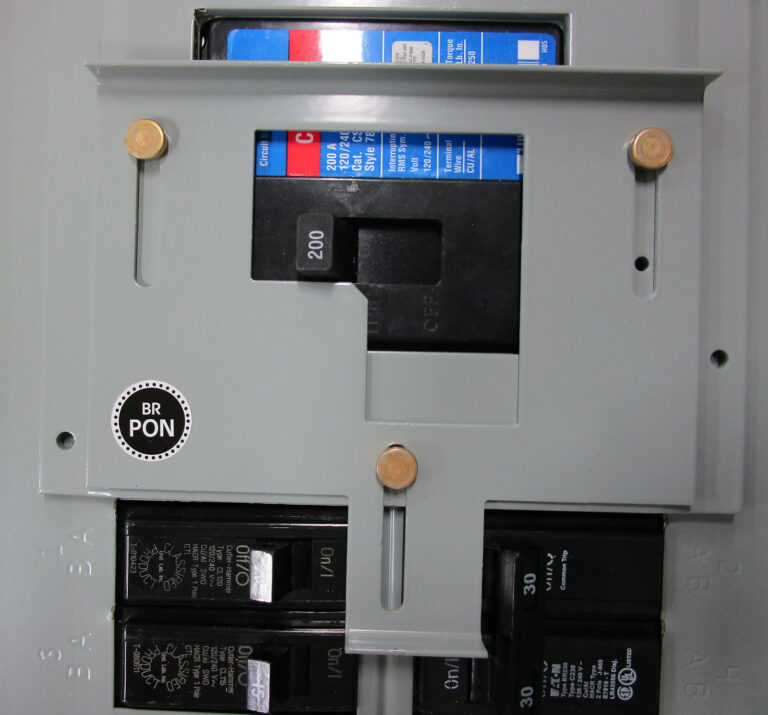

What is the difference between a Combination Arc Fault Circuit Interrupter (CAFCI) and an Arc Fault Circuit Interrupter (AFCI) circuit breaker?.What is a Dual Function Circuit Interrupter (DFCI)?.Here’s links to a collection of some of our other blog posts about ELECTRIC PANELS: A three-ton air conditioner, for example, will draw about 17 amps but manufacturers specify a 40-amp breaker.Īn electrician can do a calculation, based on the square footage of the house and a list of the installed appliances, to determine the correct size for your main service panel, and it's typical for the total amps of all the breakers to be more than double the rating of the panel and main breaker.īut there are a couple of other limitations on breakers installed in a panel that you can check at our blog posts What is the maximum number of circuit breakers allowed in an electric panel? and What does maximum sum of breaker ratings per stab mean in an electrical panel?Also see Can you add circuit breakers by different manufacturers to an electric panel if they fit? and What is the right size electric panel for a house?

And second, breakers for some appliances are rated at much more than the appliance uses when operating. First, every appliance and other load in a home is not turned on at the same time. There are a couple of reasons why this is allowed. Good luck.Yes, the total amps of all the breakers in a panel can exceed the amperage rating of the panel. I hope this helps or at least sheds some light on what you are trying to do.

So once again take some time and think about what you need.
150 AMP PANEL WITH 100 AMP BREAKER FEEDING FULL
If you are calculating full load then the grounding conductor must take voltage drop into account and rise a full two sizes more just like the current carrying conductors or a #4 cu or #2 al. A 100A breaker would require a #8 cu or a #6 al. Your grounding conductor must be run also and it is sized to the breaker also. If there are some 240V loads then yes but we have to know how much will be permanent. I would suggest you take a good look on how much power you are going to use and think about what size feeder you are going to need.Īs far as whether you can reduce a neutral once again we have no knowledge as to what type of equipment you are using. Which is why I mentioned a 70A feeder which would also reduce your cost. Conductors a few size larger can become rather expensive. The main reason for you to consider this is the cost of material. If the answer is yes then you will be able to stay at the original size. If the answer is no I want to use the full 100A then you feeder would have to be raised 2 sizes to make up for the voltage drop to a #1 cu or 1/0 al. If you don't have that information then would it be safe to assume that you are using the 80% rule on your feeder size? Meaning you are only going to load your circuit to 80% under normal circumstances. Voltage drop is calculated using your power demand or all of the electrical equipment, lights, devices, and appliances you are planning to use at one time. Of course none of this takes voltage drop into consideration.
150 AMP PANEL WITH 100 AMP BREAKER FEEDING INSTALL
If you install a 70A breaker then you can reduce your conductors to #4 cu or #3 al. Are you planning to protect the circuit with a 100A breaker? If the answer is yes then you need to run at least #3 Copper or a #1 Aluminum conductors. A circuit size is defined by the overcurrent protection not the of the equipment attached to it.


 0 kommentar(er)
0 kommentar(er)
